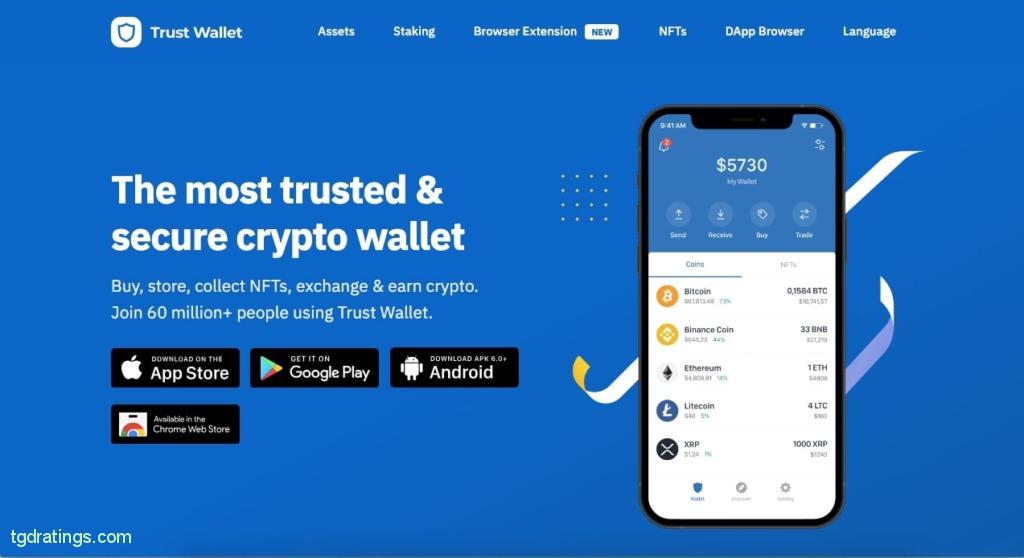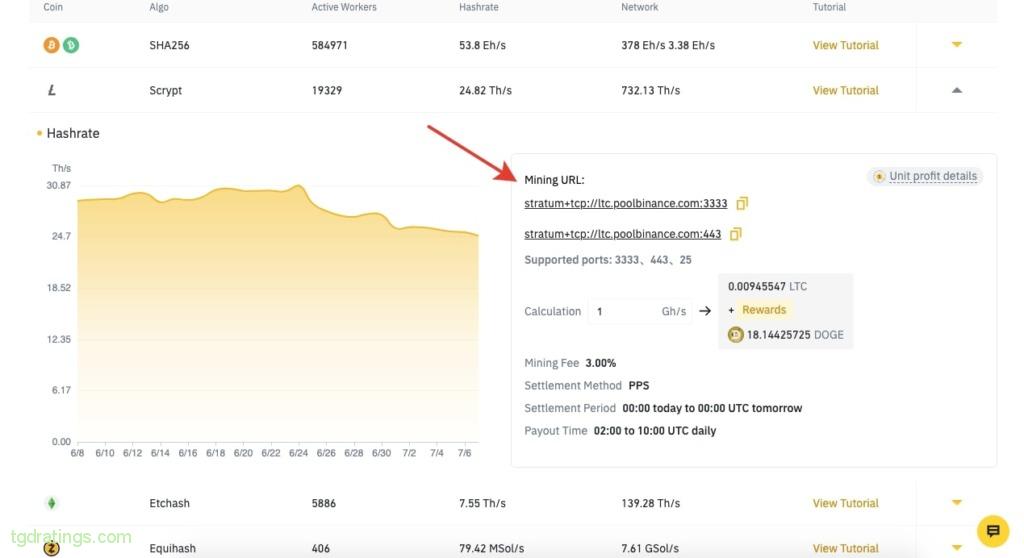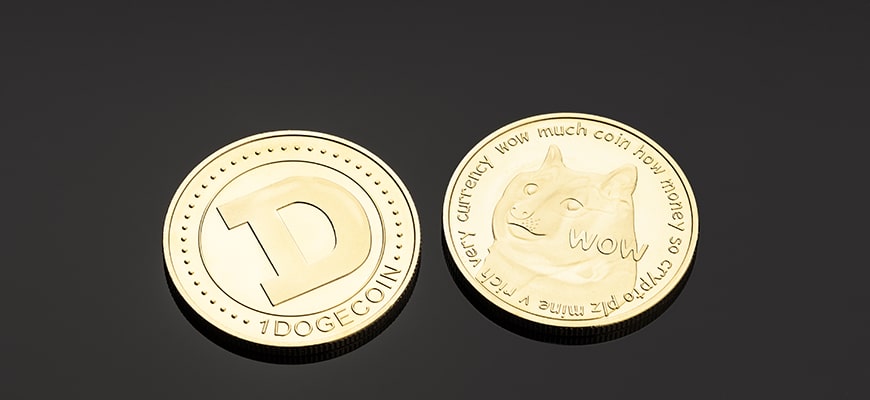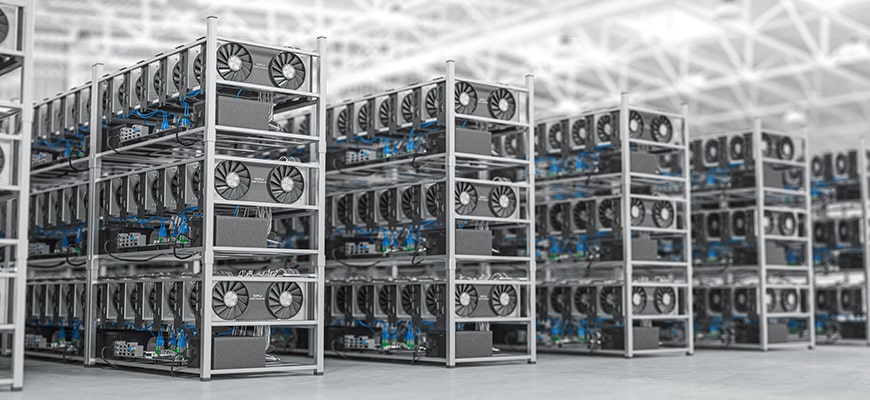How to mine Litecoin: The comprehensive guide
Litecoin (LTC) is one of the first altcoins (all cryptocurrencies except Bitcoin are called so). The creator of the project is Charles Lee, formerly worked in Google. He wanted to create a cheaper alternative to Bitcoin by lowering the transaction fees on the network. And for this was developed a new mining algorithm based on Bitcoin – Scrypt, the block formation time was reduced – to 2.5 minutes (against 10 for BTC), the emission increased – up to 84 million LTC (4 times more than BTC) and halvings became more rare.
In this review, I considere the current Litecoin mining methods, what you will need to mine Litecoin, and also compiled a step-by-step instruction on how to mine LTC.
What is Litecoin mining?
Litecoin mining is the process of creating and validating new blocks and adding them to the Litecoin blockchain.
Mining is the basis for the Litecoin network work. Users who mine coins are called miners. Miners are paid for their work: for finding a block, they receive a reward in native currency, the amount of which is currently 6.25 LTC.
How does Litecoin mining work?
In terms of its architecture, Litecoin is very close to Bitcoin, so mining and confirmation of blocks in both networks are almost the same.
Litecoin mining works like this:
- Users fill a block in the network’s meme pool with transactions;
- Miners use computing power to solve a cryptographic puzzle using the Scrypt mining algorithm;
- A miner (or a group of miners) finds the correct block solution, confirms it and adds it to the blockchain;
- The “miner” of the block receives 6.25 LTC as a reward;
- Then the process repeats.
How difficult is it to mine Litecoin?
The difficulty of mining in the Litecoin network is growing every 2.5 days. Higher difficulty makes LTC mining less profitable (especially as total network hashrate grows).
Increasing mining difficulty have made solo mining LTC on a home farm unprofitable. Next, we will analyze the main ways of mining LTC and their features.
Types of Litecoin mining
There are several ways to mine Litecoin. Each of them provides a different level of profitability, depending on the equipment used and its total power, the total network hashrate, mining difficulty and consumables (mining equipment, electricity payment, etc.).
Litecoin solo mining
At the current level of hashrate of the Litecoin network, solo mining brings the smallest profit. Even if a solo miner uses high end equipment, he will not be able to achieve the income that other types of LTC mining can provide.
Litecoin pool mining
This type of mining involves users pooling their computing power, increasing the chances of finding a block. If the pool finds a new block, then the reward is divided among all participants. Pools provide the maximum profitability from LTC mining today.
Largest pools for LTC mining
When choosing a mining pool, you should pay attention to the following main parameters: pool size, supported algorithms and cryptocurrencies, fees, reward distribution methods, geographic location of servers, reputation and reviews.
Int the table below there is a list of major proven services that can provide high and stable earnings from Litecoin mining.
| Name | Address | Pool fees | Foundation year |
|---|---|---|---|
| Binance Pool | https://pool.binance.com | 3% | 2020 |
| AntPool | https://antpool.com | 3% | 2014 |
| F2Pool | https://www.f2pool.com | 4% | 2013 |
Litecoin cloud mining
You don’t have to buy mining equipment for cloud mining. The user can simply uses the special services. The level of earnings in this type of mining directly depends on the amount of money spent on the purchase of mining slot for LTC, providing by cloud mining companies.
What do you need to mine Litecoin?
Let’s consider tools that will be required to start mining Litecoin.
Litecoin mining equipment
To mine LTC, you can either build a farm from several video cards or purchase ASIC equipment. Here is the list of top ASIC miners for mining Litecoin cryptocurrency:
| Miner | Hashrate | Power consumption | Noise level | Approximate price |
|---|---|---|---|---|
| Bitmain Antminer L7 9050 | 9.1 Gh/s | 3425 W | 82 dB | $6500-7000 |
| Innosilicon A+ LTC Master | 2.2 Gh/s | 2100 W | 75 dB | $3500-4000 |
| Goldshell LT5 | 2.05 Gh/s | 2080 W | 80 dB | $2000-2500 |
| Bitmain Antminer L3++ | 596 Mh/s | 800 W | 70 dB | $500-1000 |
Litecoin mining software
To mine LTC with GPUs, you will need mining software. Choose a miner depending on features it offers and compatibility with the hardware. The main feature you should consider is the Scrypt algorithm support.
The most popular software miners for Litecoin:
| Miner | Official website | Fees |
|---|---|---|
| EasyMiner | https://www.easyminer.net/ | Free; |
| СGMiner (up to version 3.7.2) | https://cgminer .info/ | Free; |
| BFGMiner | https://github.com /luke-jr/bfgminer | Free; |
| Awesome Miner | https://www.awesomeminer.com / | 2.8%. |
Litecoin wallet
To store mined coins, one should get a crypto wallet that supports the Litecoin blockchain.
Popular Litecoin wallets:
- Trust Wallet – the hot mobile crypto wallet supporting 160+ thousand assets;
- Exodus is a multi-currency crypto wallet that provides “hot” storage. It has desktop, mobile application and browsers extension;
- Guarda – the “hot” desktop, browser and mobile wallet with the option to buy 300+ assets with card payments;
- Ledger Nano X – one of the most popular hardware wallets for cold storage of cryptocurrencies.

How to mine Litecoin? Step-by-step guide
The Litecoin mining process consists of 5 main steps. Let’s take a look at each one.
Step 1: Buy Litecoin mining equipment
At the current hashrate level, mining profit can be obtained in two cases: using ASIC equipment or assembling a farm of several video cards. The second method is less profitable than ASIC mining.
Key points to consider at this stage:
- GPU/ACIS purchase costs;
- Payback period of mining equipment;
- Electricity price in your area.
When choosing video cards, consider: hashrate, memory size, power consumption, cooling system type, warranty. When choosing ASICs, pay attention to: supported consensus algorithms (Scrypt for Litecoin), hashrate, power consumption, noise level.
Step 2: Set up a wallet to receive Litecoin
To receive mined coins, you will need to have a crypto wallet that works with the Litecoin blockchain. Download, install and set up any wallet supports LTC, and get an address for receiveing LTC. You’ll will need this address on the stage of setting up miner software.
Step 3: Install Litecoin mining software
The sequence of actions on this step depends on the type of mining:
- For GPU: download the miner program → create a login and password → configure the program;
- For ASICs: download the software, if it is not included in the equipment kit → connect the ASIC to the computer → install mining software, if necessary → create a login and password → configure the miner.
Step 4: Join the pool
This stage involves the following steps: find the port numbers and pool URLs → enter them in the miner interface.

Step 5: Start mining
Go to the miner interface and start the LTC mining process.
After starting mining, you need to check the state internet connection and cooling system constantly. It is also important to control the state of connection to the blockchain. This information is shown in pools or miners interfaces. ASIC interfaces have the connection status indicators for this purpose.
Pros and cons of Litecoin mining
Conclusion
Litecoin (LTC) is a popular alternative coin based on the Bitcoin blockchain. Despite the ever-increasing complexity of the network, LTC remains one of the best coin for mining.
To mine Litecoin, you will need: a farm of GPUs or ASICs, appropriate software, and a crypto wallet. Because of current complexity of the network, it is most profitable to mine Litecoin together with other miners by joining one of mining pools. But in this case, you’ll have to purchase equipment. Without buying your own equipment there is a way to mine LTC on rented capacities (“in the cloud”). Solo mining LTC is already unprofitable.
FAQ
For example, using a hashrate rig of 9500.00 MH/s, the profitability of LTC mining will be $0.51$ per day or $15.3 per month.


Comments (0)








